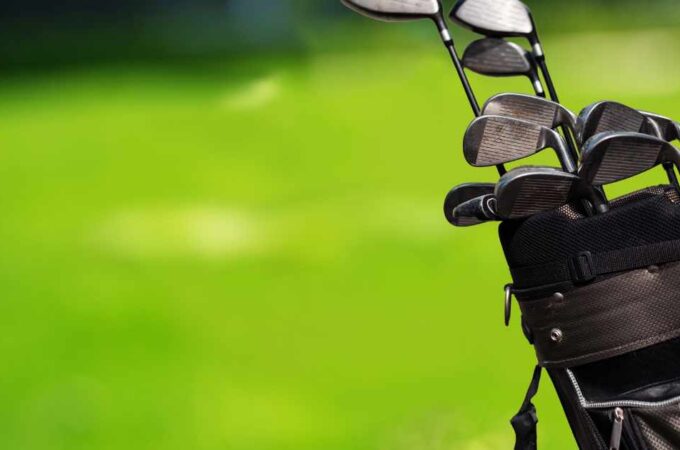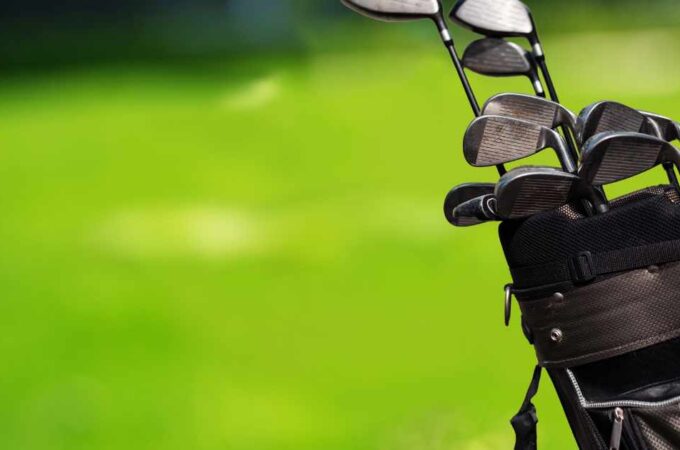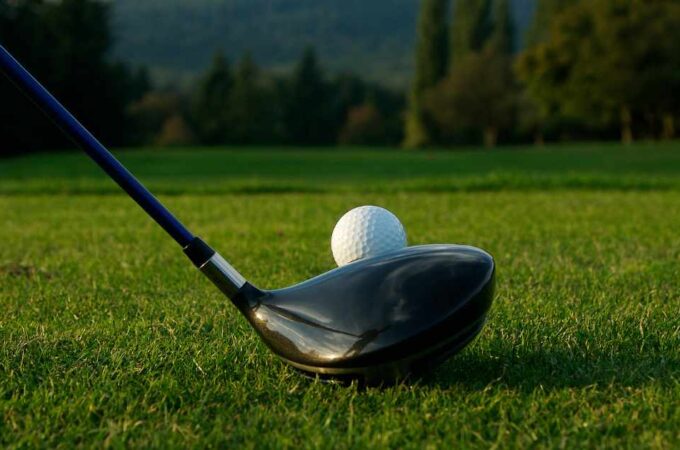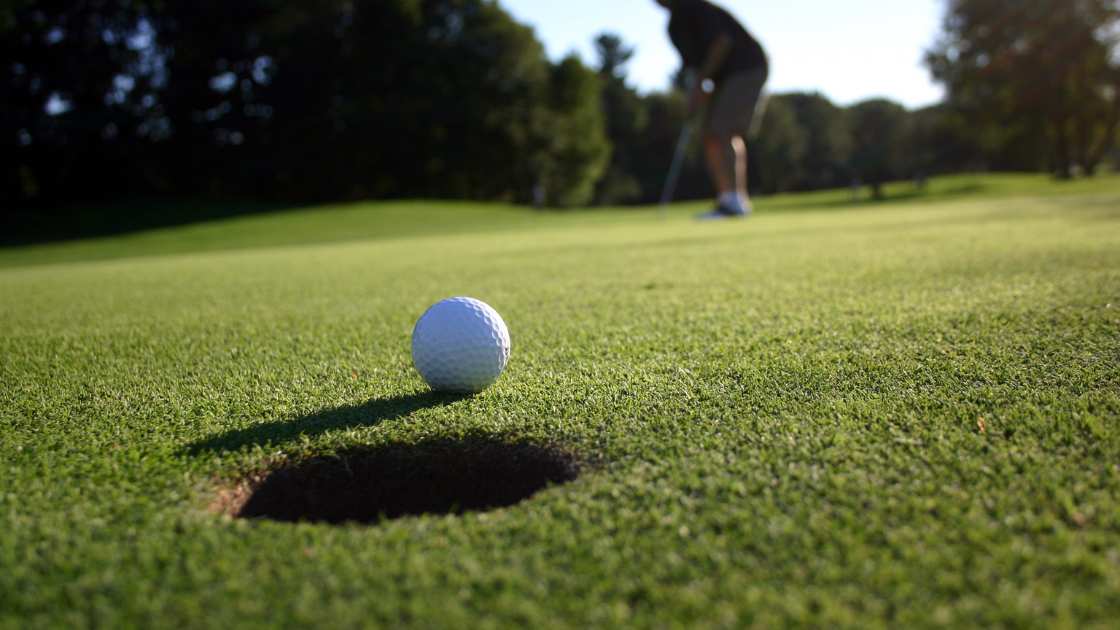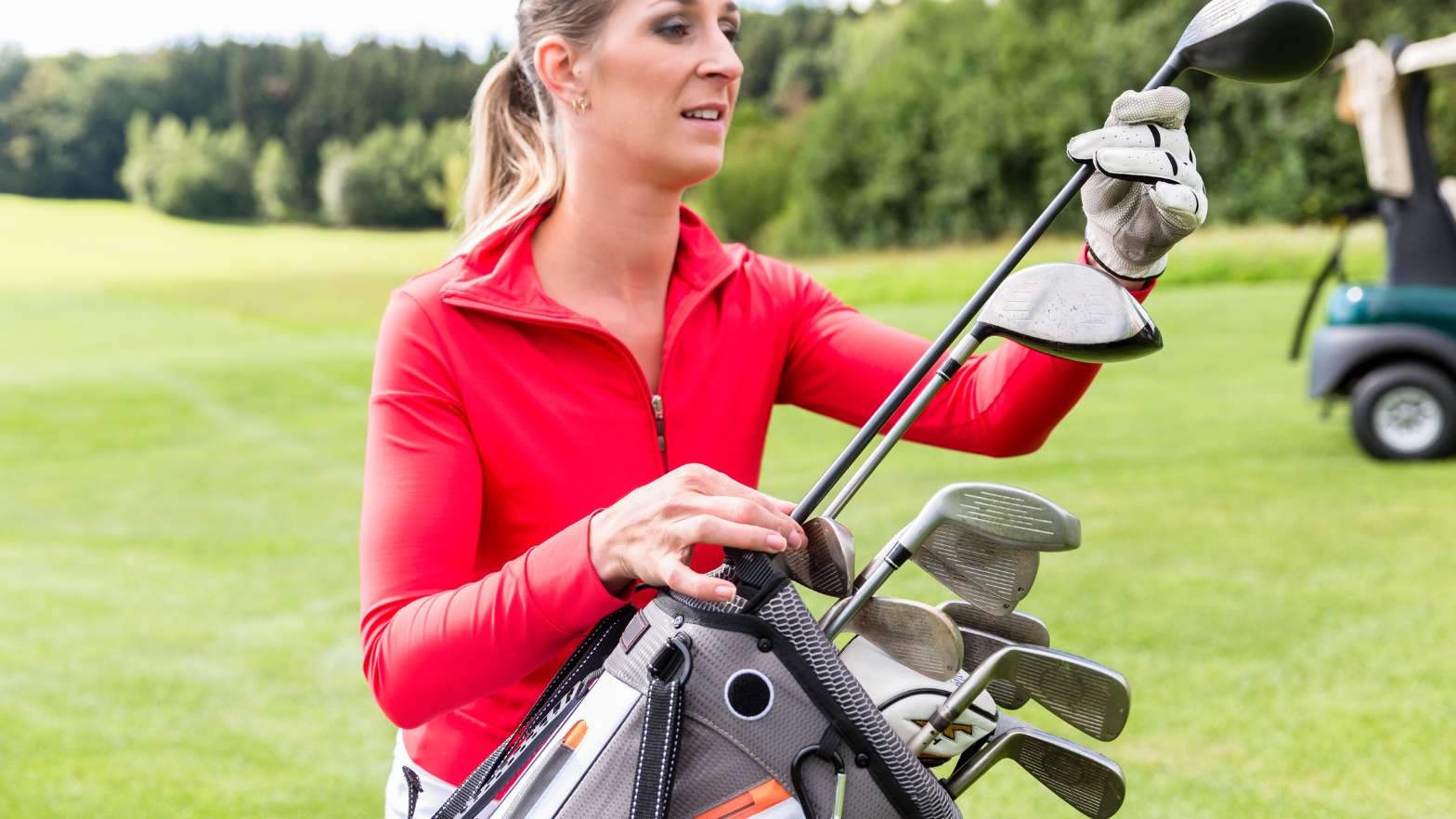
Essential Tips on How to Hold a Golf Club
A proper grip in golf is fundamental to success on the green. It serves as the anchor for your swing, influencing accuracy, power, and consistency. By holding the club correctly, you establish a solid connection between your hands and the club, enabling better control and maneuverability. This optimal grip technique not only enhances your swing mechanics but also boosts confidence and performance on the course, leading to improved scores and a more enjoyable golfing experience overall.
Table of Contents
ToggleUnderstanding the Importance of Grip
The basics of the golf grip is akin to laying a strong foundation for your swing. It’s not just about holding the club; it’s about gaining control and precision. With the right grip, you’re not only enhancing your control over the club but also refining your accuracy on the greens. Moreover, a proper grip acts as a shield against common swing faults, ensuring a smoother and more consistent stroke. Understanding how to hold a golf club correctly is fundamental for a consistent and powerful swing.
Components of the Golf Grip
The Hands
In the golf grip, your hands play the starring roles. For a right-handed golfer, the left-hand takes the lead, dictating the direction and power of the shot. Meanwhile, the trailing hand (right for right-handed golfers) supports and stabilizes the club throughout the swing. Practicing how to hold a golf club with proper hand positioning can significantly improve your ball striking and accuracy. The alignment of your hands and fingers plays a crucial role in how to hold a golf club for optimal performance.
The Grip Itself
Beyond the hands, the grip encompasses several crucial elements. It involves aligning the club face correctly, maintaining the right amount of grip pressure, and positioning the hands appropriately on the club.
These factors collectively determine not only how you hold the club but also how effectively you wield it during your swing. When learning how to hold a golf club, ensure your grip is neither too tight nor too loose to maintain control and feel.
Understanding these fundamental components lays the groundwork for a solid golf grip, setting the stage for improved performance and consistency on the course.
Types of Golf Grips
Overlapping (Vardon) Grip
Description and Benefits:
The overlapping grip, also known as the Vardon grip, is one of the most common grips used in golf. In this grip, the little finger of the trailing hand (right hand for right-handed golfers) rests on top of the index finger of the lead hand. This grip promotes stability and control, allowing for a fluid and powerful swing.
How to Grip the Club Using the Overlapping Method:
Place the club in your lead hand and wrap your fingers around it. Then, place your trailing hand on the club, allowing the little finger to overlap the index finger of the lead hand. Ensure that both hands are in contact with the grip, creating a unified connection.
Interlocking Grip
Description and Benefits:
The interlocking grip is another popular grip style among golfers. In this grip, the index finger of the lead hand interlocks with the little finger of the trailing hand.
This grip provides a strong connection between the hands, enhancing control and reducing the risk of the club slipping during the swing.
Step-by-Step Guide to the Interlocking Grip:
Start by placing the club in your lead hand and wrapping your fingers around it. Then, interlock the index finger of the lead hand with the little finger of the trailing hand. Ensure that both hands are securely positioned on the grip for optimal stability.
Ten-Finger (Baseball) Grip
Description and Benefits:
The ten-finger grip, also known as the baseball grip, is characterized by all ten fingers being in contact with the club. This grip is often favored by beginners or those with smaller hands as it provides a more unified grip on the club.
How to Use the Ten-Finger Grip Effectively:
Simply place all ten fingers on the club grip, similar to how you would hold a baseball bat. This grip can offer increased comfort and control for those who find other grip styles challenging. However, it may sacrifice some finesse in exchange for simplicity and ease of use.
Steps to Hold a Golf Club Correctly
Preparing Your Hands
Before diving into the swing, it’s crucial to get your hands positioned correctly on the club. Start by ensuring your hand placement on the club is just right.
Avoid gripping too tightly or too loosely; find that sweet spot where you have control without unnecessary tension. This balance is key to a smooth and effective swing.
Positioning the Club Face
The club face’s alignment sets the stage for a successful shot. At address, make sure the club face is square, pointing directly at your target. You can easily check this by aligning it with your leading hand. This simple step ensures that your swing starts on the right track, increasing the chances of hitting your target.
Holding the Club
There are different types of grips, each with its own advantages. Whether it’s the overlapping grip, interlocking grip, or baseball grip, a step-by-step guide will help you find the one that suits you best. Consistency is key here; maintaining a steady grip throughout your swing enhances control and accuracy.
Checking Your Grip
Even the best golfers can slip up on their grip. It’s important to recognize common mistakes, such as a weak grip or a grip that’s too strong, and know how to correct them.
Regularly checking your grip ensures that bad habits don’t creep in unnoticed. Remember, a solid grip is the foundation of a powerful and precise swing.
By following these steps, you’ll be well on your way to holding a golf club correctly. Each aspect contributes to the overall effectiveness of your swing, helping you achieve greater accuracy and distance. So, take your time to master these fundamentals, and watch your game improve with each swing.
Tips for Maintaining a Good Grip Throughout Your Swing
Address Position: Setting up for Success
Your grip journey begins before the swing even starts. The address position is where it all begins, laying the foundation for a successful shot. Align your grip with your stance and posture.
Ensure your hands are positioned comfortably on the club, neither too tight nor too loose. A relaxed grip at address sets the stage for a fluid swing.
Transition and Swing: Maintaining Grip Pressure
As you transition into the swing, it’s crucial to maintain consistent grip pressure. Avoid the temptation to tighten your grip excessively during the swing, as this can lead to tension and inconsistency.
Similarly, resist the urge to make grip changes mid-swing. Trust the grip you’ve established and focus on executing the swing smoothly and confidently.
Follow-Through and Release: Ensuring a Natural Release
After impact, allow for a natural release of the club. This means maintaining a relaxed grip and letting the clubhead follow through naturally.
Common grip errors during the follow-through include gripping too tightly or trying to force the club to do more than it naturally wants to. Avoid these errors by staying relaxed and letting the swing flow effortlessly.
Maintaining a good grip throughout your swing is essential for consistency and control. By following these tips—from setting up correctly at address to allowing for a natural release—you can improve your grip and, ultimately, your overall performance on the course. So, next time you step up to the ball, remember to keep a steady grip and trust in your swing.
Common Mistakes to Avoid
Gripping Too Tightly
One common pitfall in golf is gripping the club too tightly. This mistake can significantly impact your swing speed and fluidity, hindering your performance on the course.
To rectify this, it’s crucial to find the right balance between holding the club firmly enough for control and allowing for a relaxed grip that promotes fluid movement. Pay attention to tension in your hands and arms, and strive for a grip that feels secure without being overly tight.
Improper Hand Placement
Improper hand placement is another frequent error that golfers make, leading to misalignment and inconsistency in their swings. When your hands are positioned incorrectly on the club, it can throw off your entire technique, resulting in inaccurate shots.
To address this issue, focus on achieving proper hand positioning by ensuring that your grip aligns with the clubface and your body’s posture. Practice drills and seek guidance from a professional instructor to refine your hand placement for more consistent performance.
Neglecting Regular Grip Checks
Neglecting to regularly check your grip is a mistake that can undermine your progress in golf. Your grip serves as the foundation for your swing, and any inconsistencies can compromise your control over the club.
It’s essential to prioritize regular grip assessments to ensure that your grip remains consistent and effective. Aim to evaluate your grip at least once per practice session or round of golf to identify any subtle changes or adjustments needed.
By maintaining a vigilant approach to grip checks, you can enhance your overall performance and avoid potential setbacks on the course.
FAQs
What are the basic golf grip types?
The basic golf grip types are the overlapping grip (Vardon grip), interlocking grip, and the ten-finger grip (baseball grip). The overlapping grip involves the little finger of the trailing hand overlapping the index finger of the lead hand.
The interlocking grip has the index finger of the lead hand and the little finger of the trailing hand interlocking. The ten-finger grip involves all ten fingers on the club.
Which golf grip is best for beginners?
For beginners, the ten-finger grip or baseball grip is often recommended because it provides more control and can be easier to master initially. As one progresses, they may experiment with the overlapping or interlocking grips to find what feels most comfortable and effective for their swing.
How tight should I hold the golf club?
You should hold the golf club with a firm but relaxed grip. Gripping the club too tightly can restrict your swing and cause tension in your hands and arms, leading to less control and distance. Aim for a grip pressure that allows you to maintain control of the club while still being able to swing freely.
Should I use an overlapping or interlocking grip?
The choice between an overlapping and interlocking grip often comes down to personal preference. Many professional golfers use the overlapping grip (Vardon grip), while others prefer the interlocking grip. It’s important to try both and see which one feels more comfortable and natural for your swing.
How do I position my hands on the golf club?
To position your hands correctly on the golf club, start with the lead hand (left hand for right-handed golfers and right hand for left-handed golfers) and place it at the top of the grip so that the club runs diagonally across the fingers.
Then, place the trailing hand below the lead hand, ensuring that both thumbs point down the shaft towards the clubhead. The “V” formed by your thumb and index finger should point towards your trailing shoulder.
Conclusion
The art of holding a golf club is fundamental to unlocking your potential on the course. A proper grip not only enhances your swing but also boosts your accuracy and power. By understanding the nuances of grip pressure, hand positioning, and alignment, you lay the foundation for consistent and effective shots.
Remember, the grip is your connection to the club; it’s where control begins. Practice diligently and pay attention to feedback from your shots. Over time, this foundational skill will become second nature, allowing you to focus on refining other aspects of your game.
Embrace the journey of improvement and enjoy the rewarding experience of hitting great shots with confidence.
Incorporating the correct techniques on how to hold a golf club can lead to better ball control and increased confidence on the course.




